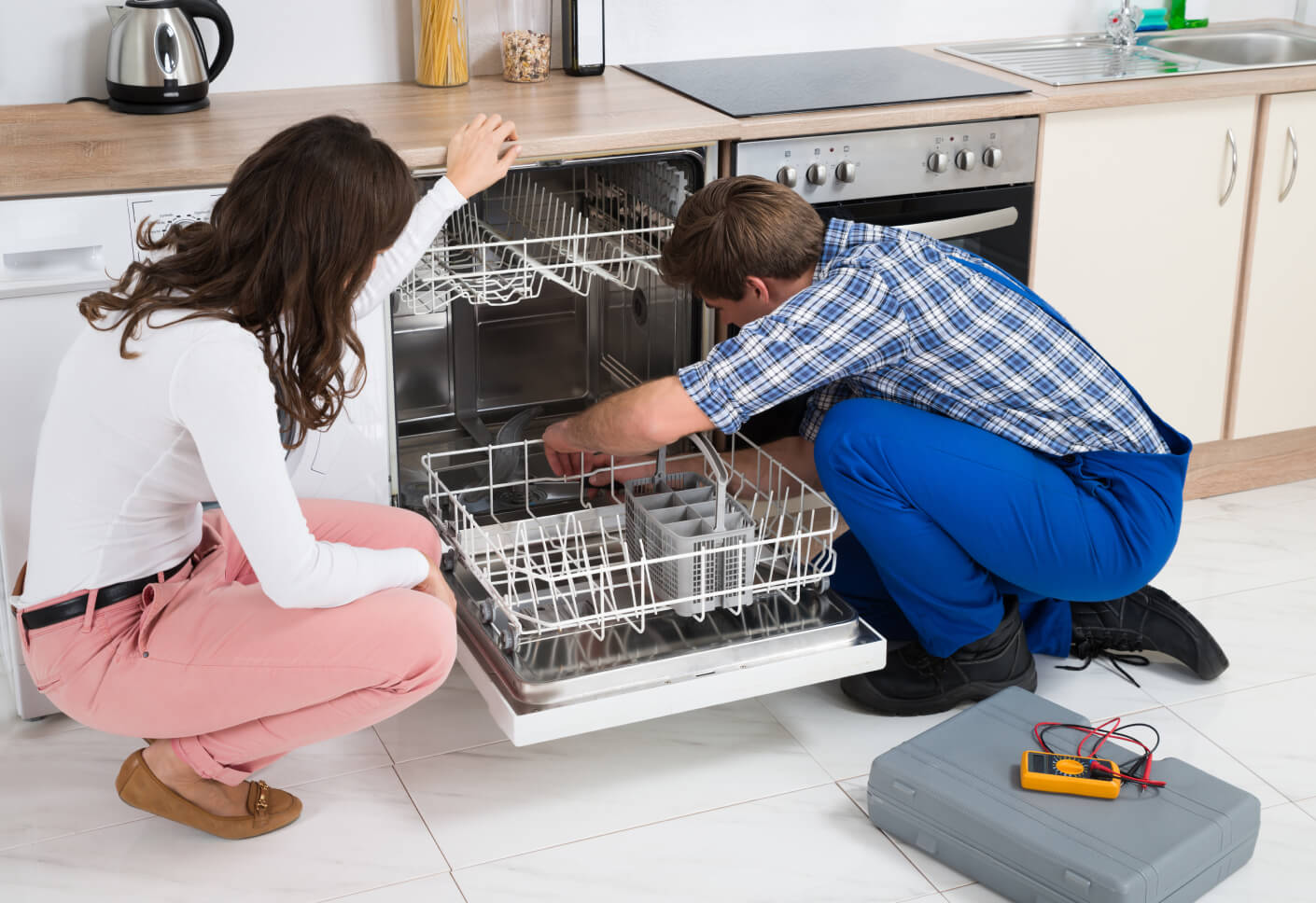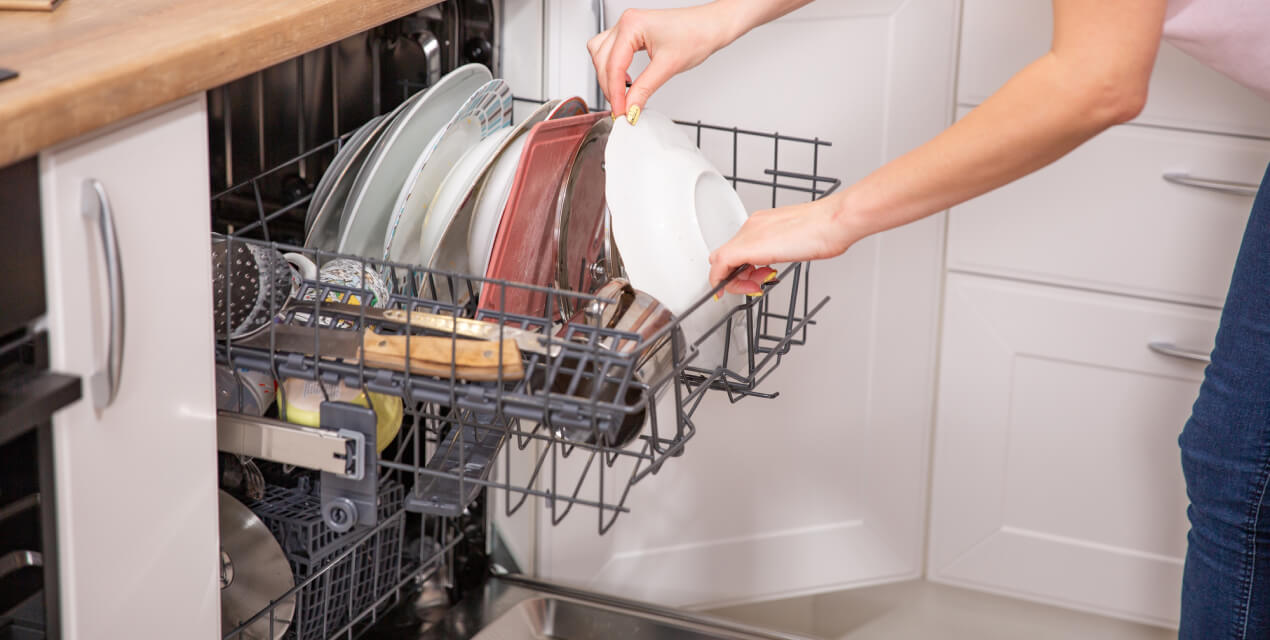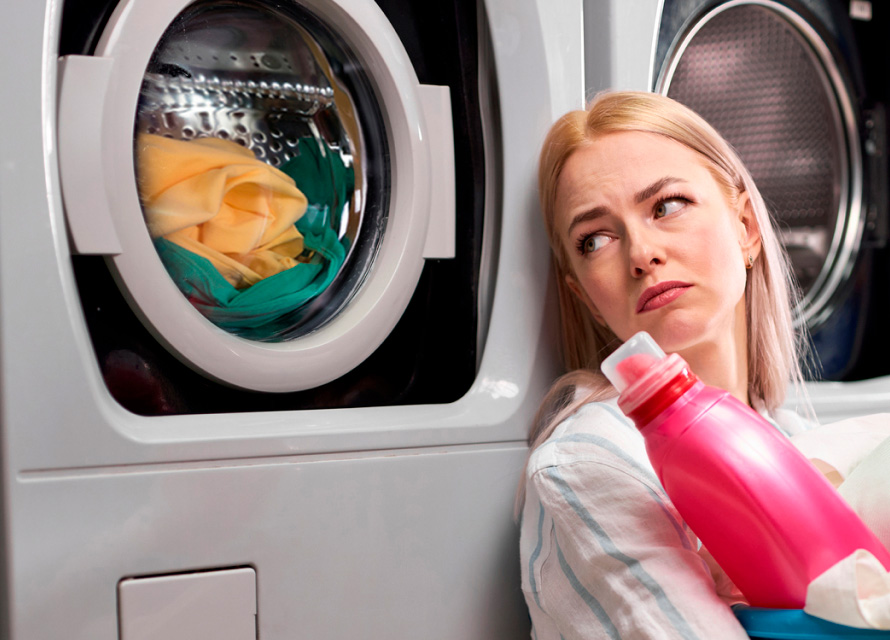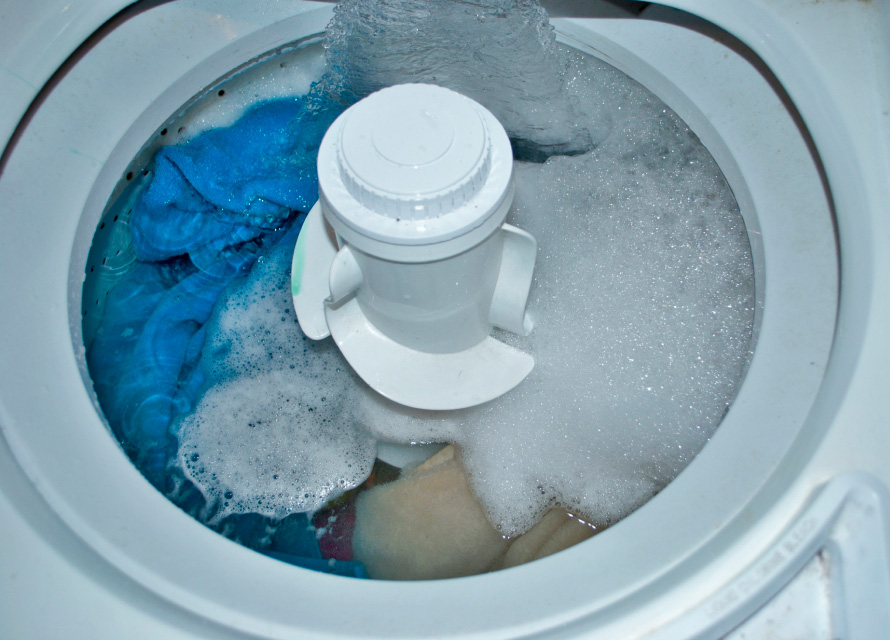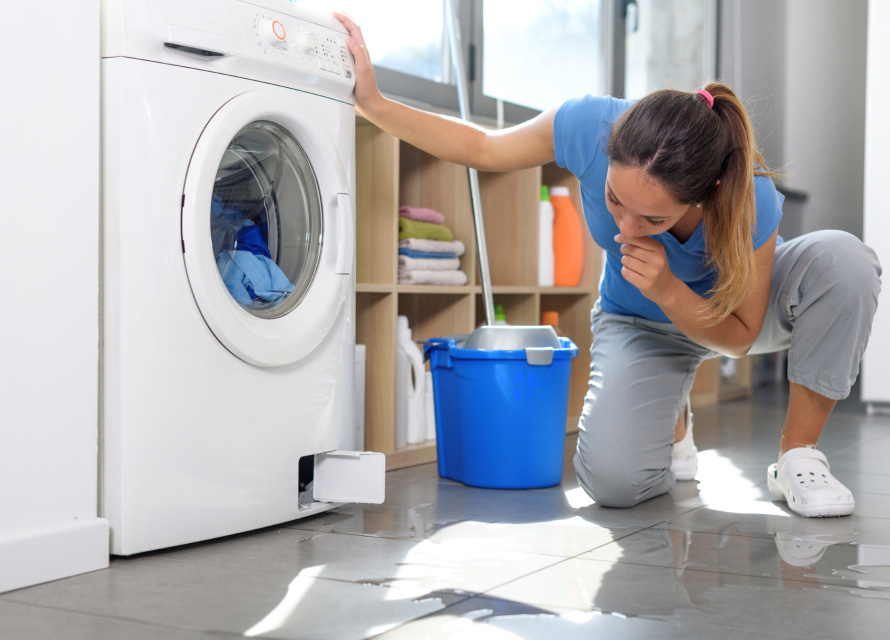Book your appliance repair today!
We can provide professional repair of dishwashers at your home. Most of the malfunctions can be successfully eliminated in one visit of the master without the need to transport the dishwasher to the workshop.
Book online